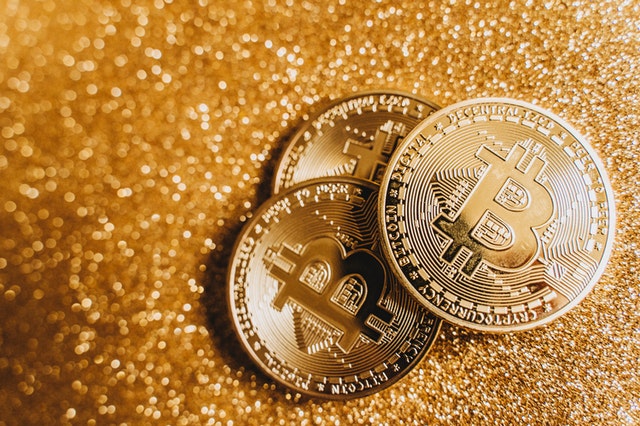
Rocky Shi is the founder/CEO of media company Rise Entertainment, a film and television investor and producer and a self-described NFT-phile. From zero to 15 seconds (or perhaps five minutes if the network is congested): that’s the speed at which Ethereum transactions of non-fungible tokens (NFTs) on the blockchain are being processed, with all signs indicating the throttle will remain wide open. In the eight years since digital artist Kevin McCoy minted Quantum (News - Alert) (the first-known NFT) on the Namecoin blockchain in 2014, NFTs have hit the mainstream, shaking up markets ranging from the art world to music, sports and game collectibles, film investment and production, philanthropy, lottery gambling, and much more.
Central to the development of an NFT is its unique artwork, from imagining a high concept to developing instantly recognizable characters that can be designed to rotate and move to the artist’s will, for example. It’s therefore easy to see how the animation industry has a great deal in common with the NFT market.
An Upward Trajectory for Both Industries
What’s interesting to note is how both the animation industry and the NFT market are experiencing a similar boom, despite the substantial head start that animation has on the latter. Keep in mind that animation — the art of using static images to create the illusion of movement — has been around literally since cave dwellers depicted hunting scenes on the walls of their shelters.
Fast forward to the early 20th century, when animated shorts and longer films were first hitting the scene in 1937. That’s the watershed year when legendary pioneer Walt Disney (News - Alert) released Snow White and the Seven Dwarfs to great critical and commercial success (adjusted for inflation, it’s still considered the top-grossing animated movie of all time), forever changing the animation world through its innovation and technical artistry.
Rocky Shi says that animation is once again going through a sea change thanks to incredibly rapid innovation wrought by the industry’s creative movers and shakers. The innovation arc that began with Disney’s multiplane camera and use of xerography to an industry-wide use of computer-aided animation, CGI (News - Alert), and software that seamlessly blends digital graphics and hand-drawn images, has paved the way for contemporary software such as Pixar’s RenderMan, which takes computer graphics and animation to astounding levels of beauty and realism.
The result: sophisticated animated films from an increasingly international realm of creatives and filmmakers that can fully compete head-to-head against live-action films on every level. And with greater numbers of these animated movies taking on more adult-oriented storylines and themes, there exists an even greater number of streaming platforms and other venues that are clamoring for content to feed the appetite of waiting audiences around the world.
Visual effects improvements in technology such as 3D and 4K will also continue, and those breakthroughs will undoubtedly be applied by many of the same special effects artists and animators to evolve the artistic development of NFTs as well.
Tools Already in Their Possession
Rocky Shi notes that it’s important to consider that a great deal of the work being created on the art side of NFTs is something that animators (many of whom possess computer, graphic design, and traditional illustration skills) have been doing for decades. And while NFTs have been minted based on things ranging from trading cards to Super Bowl highlights, a digital sneaker to a song, a tweet or a ticket that gives the owner access to an event, NFTs really rose to fame only last year, after the record-breaking $69 million sale at Christie’s auction house of a unique digital artwork: Beeple’s Everydays: The First 5000 Days. NFT art can embrace styles ranging from Cryptopunks to reimagined works by famous artists.
And while many of the digital artwork by crypto artists such as Beeple, Kevin Abosch, Hackatao, Obvious, Skygolpe, and others are in the virtual Museum of Crypto Art (a collection of 200 works, all created before December 2020), some are predicting that NFT art will eventually appear in the Museum of Modern Art. Meanwhile, the same rapid innovation that is fueling growth in animation is also occurring in the NFT market as transaction volume continues to grow.
Innovators have the opportunity to get in on the ground level, establish a dominant presence, help shape the metaverse and forge opportunities that will help connect to audiences in countless ways, many of which we have yet to even imagine within a bustling digital economy.
Expanding the Definition of Art
As both the animation industry and the NFT marketplace continue to grow, evolve, and enter levels of sophistication and methods of application never before realized, and it is suspected that the digital creators and artists driving both industries will continue to creatively cross-pollinate their respective genres as they flex their mounting force, further securing the recognition of each of them as true art forms in their own right.
